
- Shandong Loyal Industrial Co.,Ltd.
- SHORT-CUT PASTA PRODUCTION LINE LONG-CUT PASTA PRODUCTION LINE INSTANT PASTA PRODUCTION LINE
Home> Application> Everything You Need to Know about Macaroni Pasta Production Line

Everything You Need to Know about Macaroni Pasta Production Line
Shandong Loyal Industrial Co., Ltd. has incorporated advanced technologies from Tecalit and Lineapasta in the production of its macaroni.In the realm of food machinery, a Macaroni Pasta Production Line signifies a sophisticated system designed for the automated creation of various pasta products. From its inception, pasta manufacturing has evolved significantly, transitioning from traditional methods to the highly efficient and automated processes employed today.
The introduction of full automation to the Pasta Production Line is a game-changer. It not only simplifies the manufacturing process but also plays a pivotal role in elevating efficiency and achieving substantial energy savings. Automation ensures precision, consistency, and increased output, marking a revolutionary shift in the industry.
This article aims to explore the intricate world of fully automated pasta production. We will delve into the definition, components, and advantages of full automation, shedding light on how it has become the driving force behind the efficiency and energy savings observed in modern Pasta Production Lines.

Understanding Full Automation in Pasta Production Line
Full automation in a Pasta Production Line refers to the utilization of advanced machinery and smart technologies to oversee the entire pasta manufacturing process. The automated components, ranging from mixing to packaging, work seamlessly to ensure a consistent and efficient production flow.
The heart of Pasta Production Line lies in the integration of cutting-edge technologies. Smart machinery plays a crucial role in enhancing production efficiency by precisely controlling variables such as temperature, humidity, and ingredient proportions. This results in a streamlined and optimized production process.
The advantages of full automation are manifold. It not only brings about efficiency gains and improved product consistency but also leads to significant energy savings. The precision offered by automated systems minimizes product wastage, contributing to both financial savings and environmental responsibility.
Implementing Efficiency in Pasta Production Line
A comprehensive understanding of fully automated operational processes in a Pasta Production Line is crucial. From ingredient mixing to extrusion and drying, automation ensures each step is meticulously executed, leading to a seamless and highly efficient production flow. This not only accelerates production but also maintains consistent quality standards.
Examining successful case studies becomes instrumental in highlighting the real-world impact of efficiency elevation in pasta production. Notable brands such as Barilla, De Cecco, Creamette, San Giorgio, and Great Value have embraced automation, showcasing increased production capacities and notable energy savings. These cases serve as benchmarks for the industry.
While the advantages of automation are evident, there are challenges in its implementation. Addressing potential issues such as initial costs, workforce adaptation, and technical glitches is essential. Solutions and best practices will be explored to guide manufacturers in overcoming obstacles and ensuring a smooth transition to fully automated systems.

Energy Savings Strategies in Pasta Production Line
Emphasizing the significance of energy efficiency in sustainable pasta production is crucial. Reduced energy consumption not only benefits the environment but also contributes to substantial cost savings for manufacturers. The importance of aligning with global sustainability goals is underscored in this section.
Highlighting innovative technologies that contribute to energy savings further reinforces the commitment of the Pasta Production Line to sustainability. This section will delve into advancements such as energy-efficient machinery, advanced heating and cooling systems, and the exploration of renewable energy sources.
Discussing the broader impact of energy-efficient practices on the pasta industry is essential. The collective adoption of sustainable and energy-efficient measures not only benefits individual manufacturers but also positively influences the industry as a whole. Future trends in these practices will be explored for a comprehensive outlook.
Conclusion
In summary, the adoption of full automation in the Pasta Production Line has led to unprecedented efficiency gains and substantial energy savings. The recap will highlight key points, including consistent product quality, increased production capacities, and the overall transformative impact on the industry.
Reflecting on the long-term implications of embracing automation in pasta manufacturing, this section will delve into how such practices position the industry for a sustainable and technologically advanced future. Manufacturers who prioritize efficiency and sustainability are likely to lead the way.
The article concludes with a call to action, urging manufacturers to embrace fully automated systems for a competitive edge in the evolving landscape of Pasta Production Lines. The final thoughts emphasize the revolutionary nature of these advancements and the role they play in shaping the future of pasta manufacturing.
FAQs: Frequently Asked Questions about Pasta Production Line
1. What is a Pasta Production Line, and why is it significant?
A Pasta Production Line is a sophisticated system designed for automated pasta manufacturing. Its significance lies in streamlining processes, enhancing efficiency, and achieving notable energy savings in the production of various pasta products.
2. How does full automation contribute to efficiency in pasta production?
Full automation in a Pasta Production Line ensures precise control over each production step, leading to efficiency gains and improved product consistency. Automation minimizes manual intervention, streamlining the manufacturing process for optimal results.
3. Which renowned pasta brands have successfully implemented full automation?
Leading brands such as Barilla, De Cecco, Creamette, San Giorgio, and Great Value serve as prime examples of successful implementation of full automation in their Pasta Production Lines. These brands showcase increased production capacities and notable energy savings.
4. What challenges may arise in implementing full automation, and how can they be addressed?
Challenges in full automation implementation include initial costs, workforce adaptation, and technical glitches. The article addresses these challenges, providing solutions and best practices for manufacturers to overcome obstacles and ensure a smooth transition.

5. Why is energy efficiency crucial in pasta production, and how is it achieved?
Energy efficiency in pasta production is vital for reducing environmental impact and operational costs. Achieving energy efficiency involves implementing innovative technologies, such as energy-efficient machinery, advanced heating and cooling systems, and exploring renewable energy sources.
6. How does energy-efficient pasta production impact the industry as a whole?
Adopting energy-efficient practices in Pasta Production Lines not only benefits individual manufacturers but also positively impacts the entire pasta industry. The collective effort towards sustainability contributes to a greener and more responsible industry.
7. What are the future trends in sustainable and energy-efficient pasta production?
The article discusses future trends, including advancements in technology, such as AI and IoT, for predictive maintenance. Additionally, it explores novel approaches to ingredient sourcing and sustainable packaging, indicating a continual evolution toward more sustainable practices.
8. How does automation in Pasta Production Lines position the industry for the future?
Reflecting on the long-term implications, the article emphasizes that embracing automation positions the pasta manufacturing industry for a sustainable and technologically advanced future. Manufacturers prioritizing efficiency and sustainability are likely to lead the industry forward.
Contact Us

- Shandong Loyal Industrial Co.,Ltd.
- Telephone+86 13176674591
- Email[email protected]
- WhatsApp+86 13176674591
- WeChat13176674591
- AddressC623, Jiahui Global Plaza, No. 548, Beiyuan Street, Tianqiao District, Jinan City, Shandong Province
- Factory AddressADD -300m North of Zhangxia Industrial Park, Binhe Road, Zhangxia Town, Changqing District, Jinan
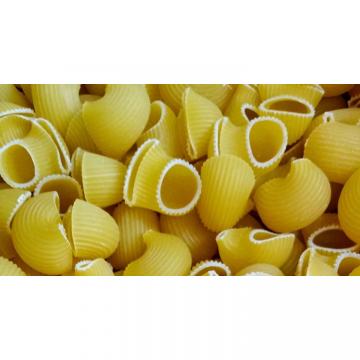

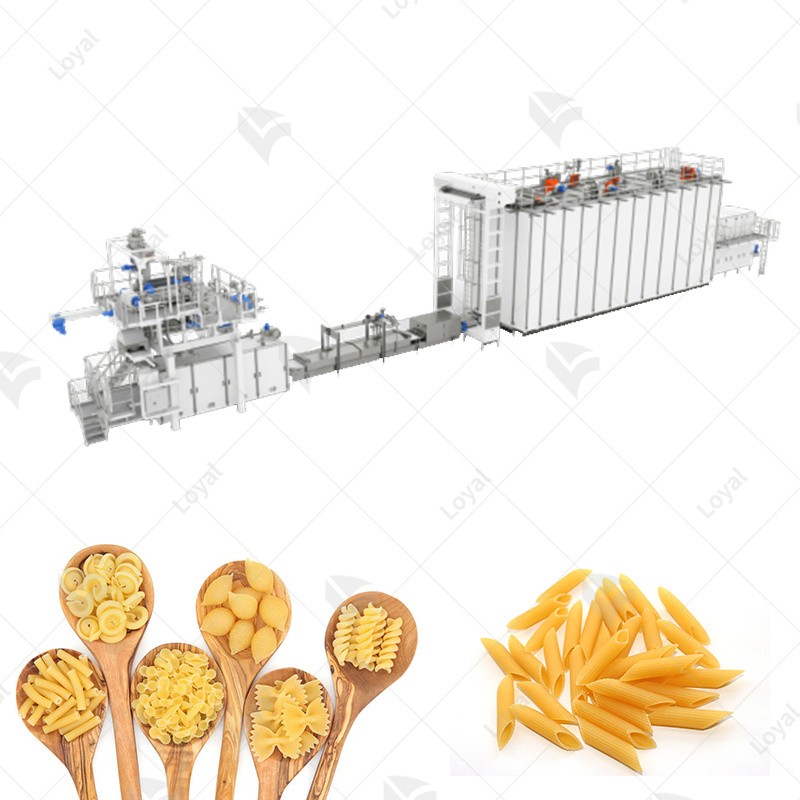

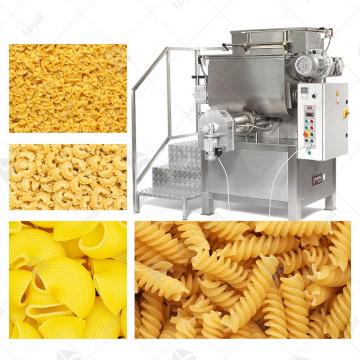
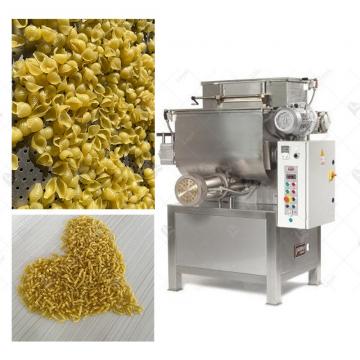 PRECOOKED PASTA PRODUCTION LINE
PRECOOKED PASTA PRODUCTION LINE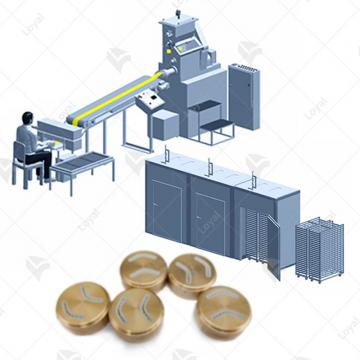 Dry Pasta Production Line
Dry Pasta Production Line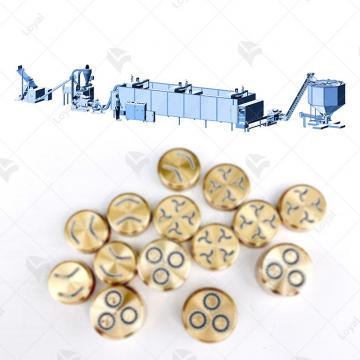 Pasta Processing Equipment
Pasta Processing Equipment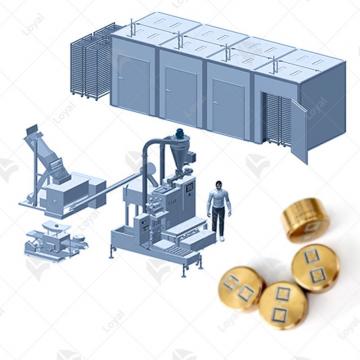 Combined Pasta Machine
Combined Pasta Machine